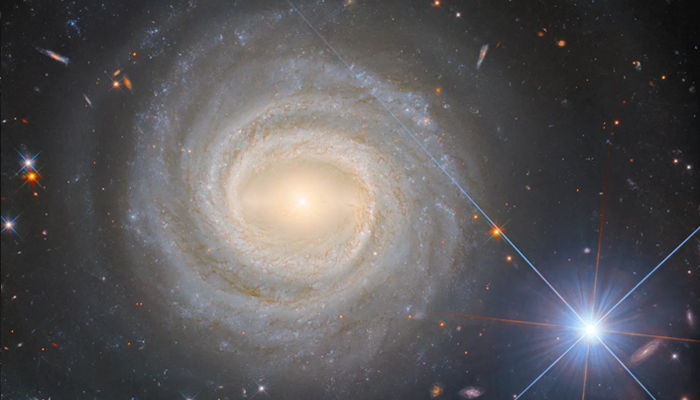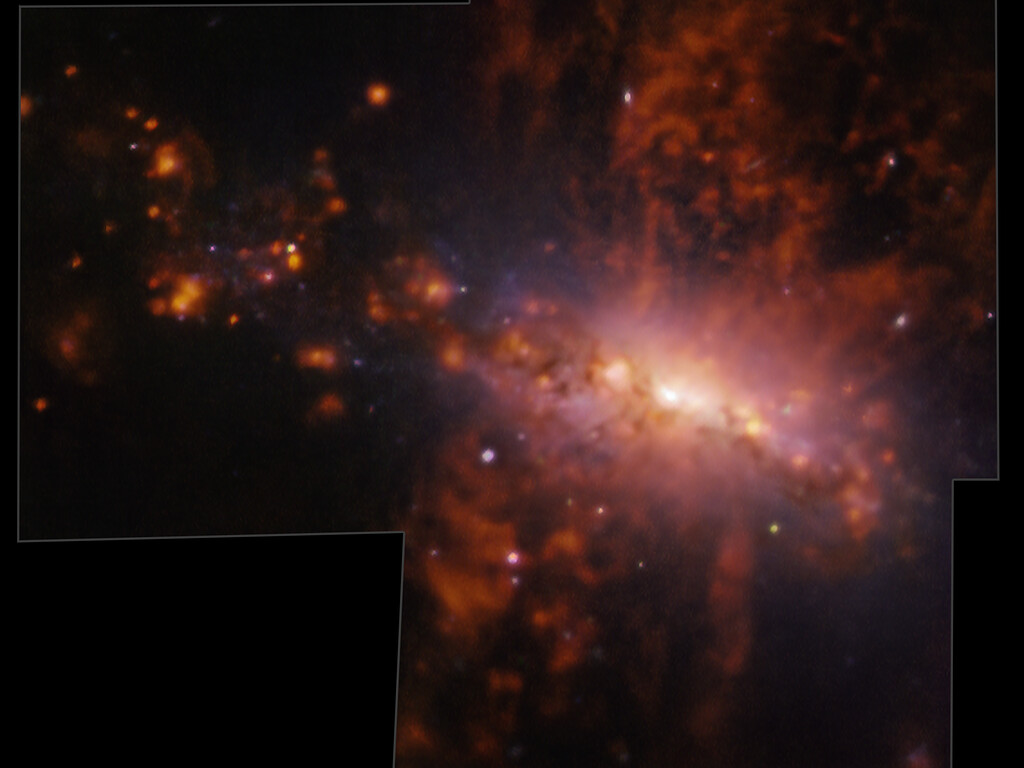Mysterious explosion discovered by experts in far away galaxy
In this case, experts find different gases like oxygen
April 23, 2024

Astronomers have discovered a massive explosion of cosmic gas in an NGC 4383 galaxy that is residing around 54,000,000 light-years away from our planet.
According to the research published in the journal Monthly Notices of the Royal Astronomical Society concluded that the explosion was found in the Virgo cluster and the gas flow is spread around 20,000 light-years.
The study also noted that the outflow of gas — a considerable amount coming into the intergalactic space — is measured at 447,000 miles per hour.
"Very little is known about the physics of outflows and their properties because outflows are very hard to detect," study co-author Adam Watts, an astrophysicist at the University of Western Australia and the International Centre for Radio Astronomy Research, said in a statement.

"The ejected gas is quite rich in heavy elements giving us a unique view of the complex process of mixing between hydrogen and metals in the outflowing gas," he said
"In this particular case, we detected oxygen, nitrogen, sulfur, and many other chemical elements," he added.
The ejecting gas can influence the star formation, according to astronomers as it can limit the material necessary to form such a large celestial body.
The spread of the gas is believed to be due to a supernova event nearby.
Referring to the equipment that helped in collecting data in Chile, study author Barbara Catinella, an astrophysicist at the University of Western Australia and ICRAR, said: "We designed MAUVE to investigate how physical processes such as gas outflows help stop star formation in galaxies."
"We hope that in the future, MAUVE observations reveal the importance of gas outflows in the local Universe with exquisite detail," she added.









